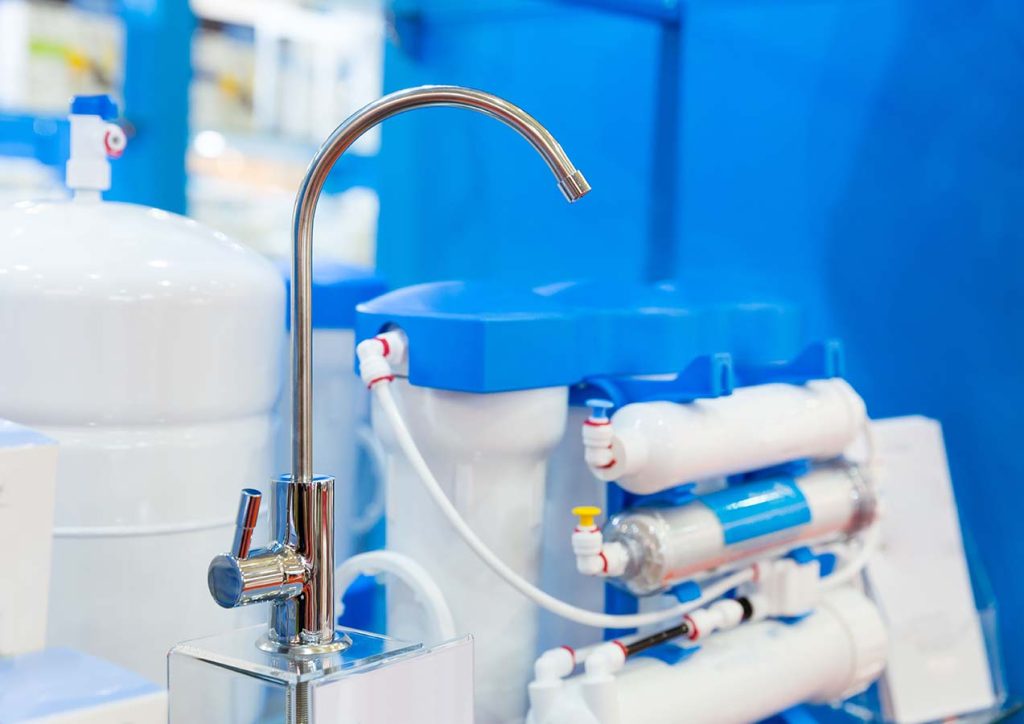Access to clean and safe drinking water is essential for the health and well-being of all communities. In this regard, drinking water filters play a crucial role by providing an effective solution to remove impurities and contaminants from water. From homes to industrial settings, drinking water filters are indispensable tools to ensure a safe and healthy water supply. In this article, we will explore in detail what a drinking water filters is , its main components, and how it works to provide clean and safe water for human consumption.
What is a Drinking Water Filter?
A drinking water filter is a device designed to remove contaminants and unwanted particles from water, making it fit for human consumption . These filters can vary in size, design, and complexity, but they all share the same goal: to improve water quality by removing impurities. From simple filtration systems to more advanced units with multiple stages of purification, drinking water filters are a versatile and effective solution for ensuring clean, safe water in a variety of environments.
Components of a drinking water filter
Drinking water filters are made up of several key components that work together to purify water. Below are some of the most common components found in these devices:
Case o Containers
The housing or container is the main body of the drinking water filter, and its function is to contain the other components and the water to be filtered . These housings are usually made of durable plastic or stainless steel and are designed to withstand water pressure and protect the internal components of the filter.
Filter Media
Filter media is the heart of your drinking water filter, as it is responsible for trapping and removing impurities from your water . These media can be of different types, such as activated carbon, ion exchange resins, semipermeable membranes, sand, and gravel. Each media has unique properties that allow it to trap different types of contaminants, from sediment to chemicals and microorganisms.

Prefiltro
Some drinking water filters are equipped with a pre-filter , which is an extra layer of protection designed to trap large particles and sediment before the water comes into contact with the main filter media . This helps to extend the life of the filter media and improve the efficiency of the filtration process.
Pressure System
In some cases, drinking water filters may require a pressure system to push water through the filter media. This is especially common in reverse osmosis systems and other filters that use semipermeable membranes. The pressure system may include a pump or hydraulic pressure system to ensure a constant flow of water through the filter.
Drinking water filter functionality
The way a drinking water filter works varies depending on the type of filter and the specific components it incorporates. However, in general, the filtration process follows a series of common steps to remove impurities and contaminants from water. The basic process of how a drinking water filter works is described below:
1. Capture of Impurities
Raw water enters the drinking water filter through the main inlet. If the filter is equipped with a pre-filter, it will trap large particles and sediment before the water comes into contact with the main filter media. The main filter media, such as activated carbon or semi-permeable membranes, trap and retain smaller impurities, such as chemicals, microorganisms, and contaminants .
2. Adsorption and Absorption
During the filtration process, filter media can use two main processes to remove contaminants from water: adsorption and absorption. In adsorption, contaminants adhere to the surface of the filter media due to electrostatic forces or other chemical interactions. In absorption, contaminants are incorporated within the pores or molecular structure of the filter media, where they become permanently trapped.
3. Water Purification
As the water passes through the filter media, it is purified and freed from impurities and contaminants. The filtered water leaves the filter through the main outlet, ready for consumption . Depending on the type of filter and the filter media used, the purified water may be suitable for drinking straight from the tap or may require additional processing, such as disinfection or remineralization, before being consumed.
Next, learn about water treatment plants .

